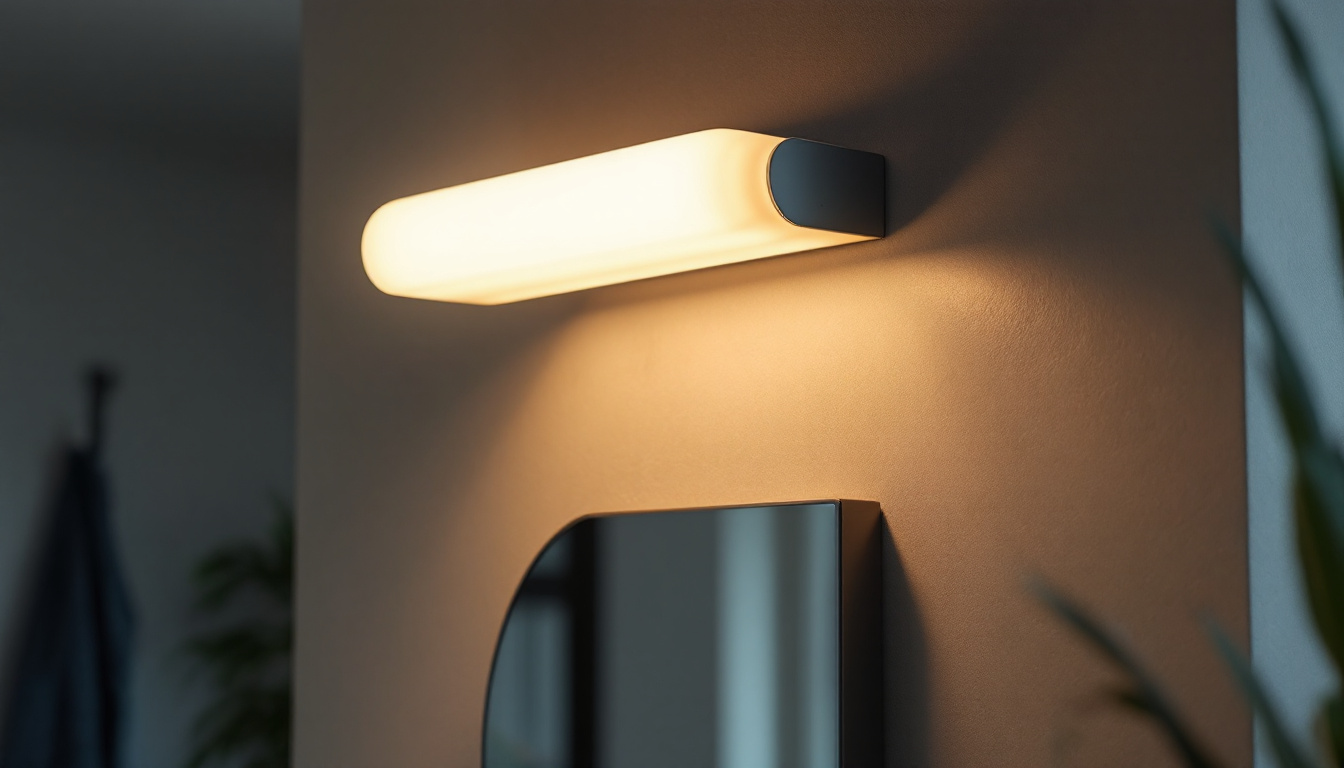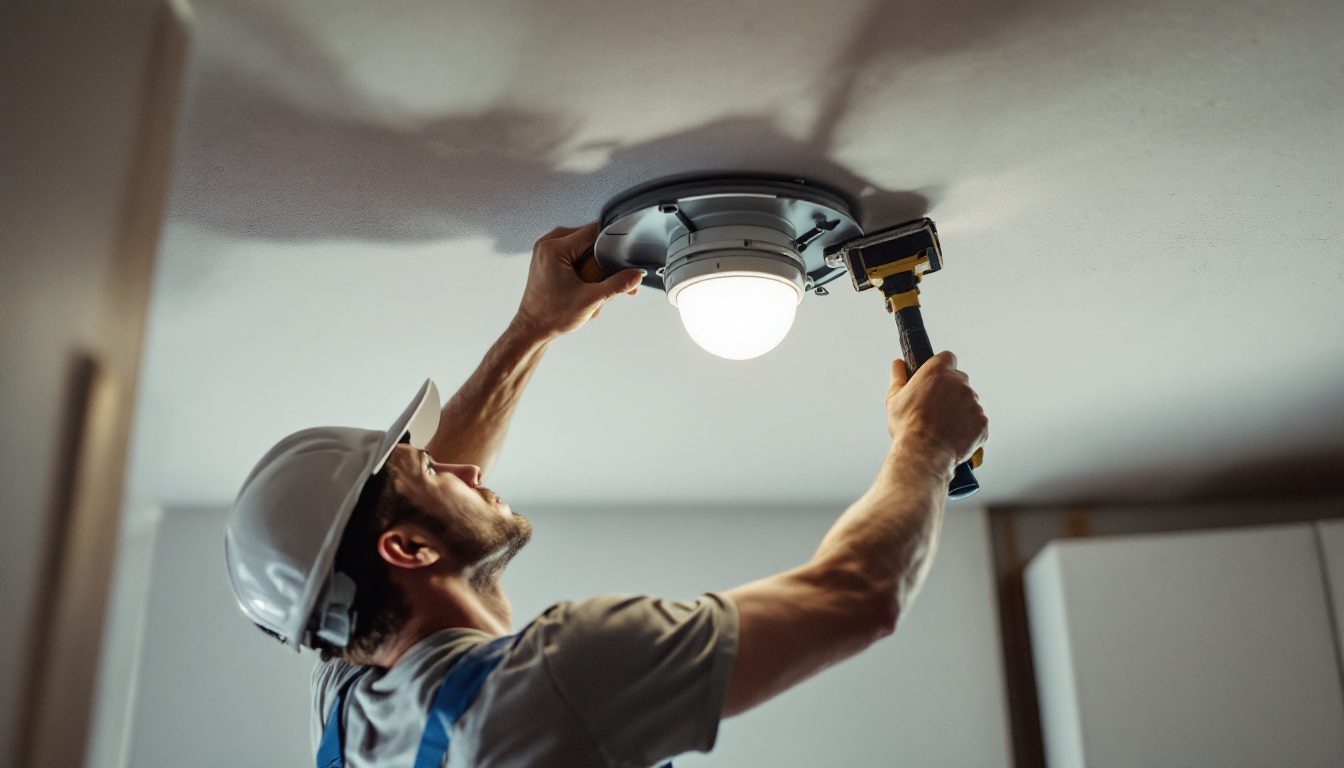

In the realm of lighting projects, efficiency is paramount. Whether it’s a residential installation or a large commercial endeavor, the way power is distributed can significantly affect the overall success of the project. One often-overlooked component in this equation is the outlet receptacle. Understanding how to effectively utilize outlet receptacles can streamline processes, enhance safety, and ultimately lead to a more successful lighting project.
Outlet receptacles serve as the critical interface between the electrical supply and the lighting fixtures. They are not merely points of connection; they play a vital role in the functionality and efficiency of lighting installations. By strategically planning the placement and type of receptacles, contractors can optimize the performance of their lighting systems.
Outlet receptacles come in various forms, each designed for specific applications. Standard duplex outlets are common in residential settings, while GFCI (Ground Fault Circuit Interrupter) outlets are essential in areas prone to moisture, such as bathrooms and kitchens. Additionally, specialized receptacles, such as those with built-in USB ports, can offer added convenience in modern installations.
Choosing the right type of receptacle for the project at hand is crucial. For instance, using GFCI outlets in wet environments not only complies with safety regulations but also enhances the longevity of the lighting fixtures by minimizing the risk of electrical faults. Furthermore, there are also smart outlets that can be controlled remotely, allowing users to manage their lighting systems more efficiently. These innovations are particularly beneficial in energy management, as they enable users to schedule lighting and reduce energy consumption during off-peak hours.
The placement of outlet receptacles can significantly impact the efficiency of a lighting project. Properly positioned outlets reduce the need for extension cords and minimize clutter, creating a safer work environment. Additionally, strategic placement allows for easier access to power sources, facilitating quicker installation and maintenance.
Moreover, considering the layout of the space is essential. For instance, in a large commercial space, placing receptacles at regular intervals can ensure that lighting contractors have ample access to power without the need for excessive wiring, which can complicate the installation process. In residential settings, thoughtful positioning can enhance the aesthetic appeal of a room while ensuring that lighting is both functional and effective. Additionally, it is important to consider future needs; installing extra receptacles during the initial phase can save time and resources later, accommodating potential upgrades or changes in lighting design without significant rewiring. This foresight can be particularly advantageous in spaces that may evolve in use, such as home offices or multi-purpose rooms.
Efficient planning is the backbone of any successful lighting project. By incorporating outlet receptacles into the initial design phase, contractors can avoid common pitfalls that lead to delays and increased costs. This proactive approach not only enhances efficiency but also improves the overall quality of the installation. A well-thought-out plan can streamline the workflow, ensuring that all team members are on the same page and that resources are allocated effectively, thus minimizing downtime and maximizing productivity.
When designing a lighting project, it’s essential to consider how outlet receptacles will fit into the overall scheme. This involves not just the number and type of receptacles, but also their locations. Engaging in a thorough assessment of the space allows for a more tailored approach, ensuring that every aspect of the installation is optimized for efficiency. For instance, strategically placing receptacles near workstations or entertainment areas can enhance functionality, making it easier for users to access power where they need it most.
Additionally, discussing receptacle placement with clients can lead to better outcomes. Clients may have specific needs or preferences that can influence the design, and addressing these early can prevent costly changes later in the project. It’s also beneficial to educate clients about the advantages of various receptacle types, such as USB-integrated outlets, which can reduce clutter and enhance the user experience by accommodating modern devices without the need for additional adapters.
In today’s rapidly evolving technological landscape, smart outlet receptacles are becoming increasingly popular. These devices allow for remote control of lighting systems, offering both convenience and energy efficiency. By integrating smart receptacles into lighting projects, contractors can provide clients with enhanced control over their lighting environments. The ability to adjust lighting levels or schedules via a smartphone app not only adds a layer of comfort but also promotes energy savings by allowing users to turn off lights when they are not needed.
Furthermore, smart technology can facilitate monitoring and management of energy usage, which is an attractive feature for environmentally conscious clients. This not only adds value to the project but also positions the contractor as a forward-thinking professional in the industry. Many smart receptacles come equipped with energy monitoring capabilities, allowing users to track their consumption patterns and make informed decisions about their energy use. This data can be invaluable for clients looking to reduce their carbon footprint or lower their utility bills, making smart receptacles not just a luxury, but a practical investment in sustainability.
Safety should always be a top priority in any electrical installation. Outlet receptacles, when improperly installed, can pose significant risks. Ensuring compliance with local electrical codes and standards is essential for the safety of both the installation team and the end-users.
Each region has specific electrical codes that dictate how outlet receptacles should be installed. Familiarity with these codes is crucial for contractors to ensure that their work is compliant and safe. This includes understanding the required spacing between receptacles, the types of outlets needed in certain environments, and the necessary circuit protections.
By adhering to these regulations, contractors not only protect themselves from potential liabilities but also enhance the overall safety of the lighting installation. This commitment to safety can also serve as a selling point to clients, who will appreciate the emphasis on compliance and risk mitigation. Furthermore, staying updated on any changes to local codes is vital, as regulations can evolve based on new safety research or technological advancements. Attending workshops or training sessions can be beneficial for contractors looking to deepen their knowledge and ensure their practices remain current.
Once the installation is complete, regular maintenance and inspection of outlet receptacles are vital. Over time, wear and tear can lead to issues such as loose connections or damaged outlets, which can create safety hazards. Establishing a routine maintenance schedule can help identify and rectify these issues before they escalate.
Educating clients about the importance of outlet receptacle maintenance can also foster a long-term relationship. By positioning oneself as a knowledgeable contractor who prioritizes safety and efficiency, future project opportunities may arise from satisfied clients. Additionally, providing clients with guidelines on how to perform basic checks—such as testing outlets with a voltage tester or looking for signs of discoloration or burning—can empower them to take an active role in their electrical safety. This proactive approach not only enhances client trust but also reinforces the contractor’s reputation as a reliable expert in the field.
While the initial investment in quality outlet receptacles may seem significant, the long-term cost savings can be substantial. Efficiently designed lighting projects that incorporate well-placed and appropriate receptacles can lead to reduced energy consumption and lower operational costs.
Utilizing energy-efficient receptacles, such as those with built-in timers or smart technology, can significantly reduce energy consumption. By allowing clients to control when their lighting systems are active, unnecessary energy use can be minimized. This not only lowers utility bills but also aligns with the growing demand for sustainable practices in the industry.
Furthermore, energy-efficient lighting solutions can enhance the overall value of a property. Clients are increasingly looking for features that contribute to sustainability, and incorporating such elements into lighting projects can make a significant difference in marketability.
Proper planning and strategic use of outlet receptacles can also minimize installation costs. By reducing the need for extensive wiring and complicated setups, contractors can save both time and labor costs. Efficient installations lead to quicker project completions, allowing contractors to take on more projects in a shorter timeframe.
Additionally, fewer materials and less labor translate to lower overall project expenses, which can be a compelling selling point for clients. Highlighting the cost-effectiveness of a well-planned receptacle strategy can help secure contracts and build trust with potential clients.
In conclusion, outlet receptacles play a crucial role in enhancing the efficiency of lighting projects. From their strategic placement to their integration with smart technology, these components can significantly impact the overall success of an installation. By prioritizing proper planning, safety, and cost-effectiveness, lighting contractors can ensure that their projects not only meet client expectations but also stand out in a competitive market.
As the industry continues to evolve, staying informed about the latest advancements in outlet receptacles and their applications will be essential. Embracing these changes will not only improve project outcomes but also position contractors as leaders in the field, ready to tackle the challenges of modern lighting installations.
Ready to elevate your lighting projects with the efficiency of top-quality outlet receptacles? Look no further than LumenWholesale, where we provide spec-grade lighting products at unbeatable wholesale prices. Say goodbye to inflated markups and hello to a vast selection of reliable, high-performance lighting essentials that meet the highest industry standards. With free shipping on bulk orders, you can stock up on everything you need while keeping your costs down. Don’t compromise on quality or value—visit LumenWholesale today and discover the perfect blend of quality, affordability, and convenience for your next lighting project.

Discover essential insights into work light solutions that every lighting contractor should know.

Discover how LED lighting solutions can transform your warehouse into an energy-efficient powerhouse.

Discover essential tips for selecting vanity light fixtures that stand the test of time.

Discover essential tips and best practices for lighting contractors on installing light fixture mounting plates.
Get notified when NEW deals are released.
Optimize your budget with wholesale discounts.
Only top-quality, specification-grade lighting products.
No additional costs at checkout - what you see is what you pay.
We understand the unique needs of contractors.